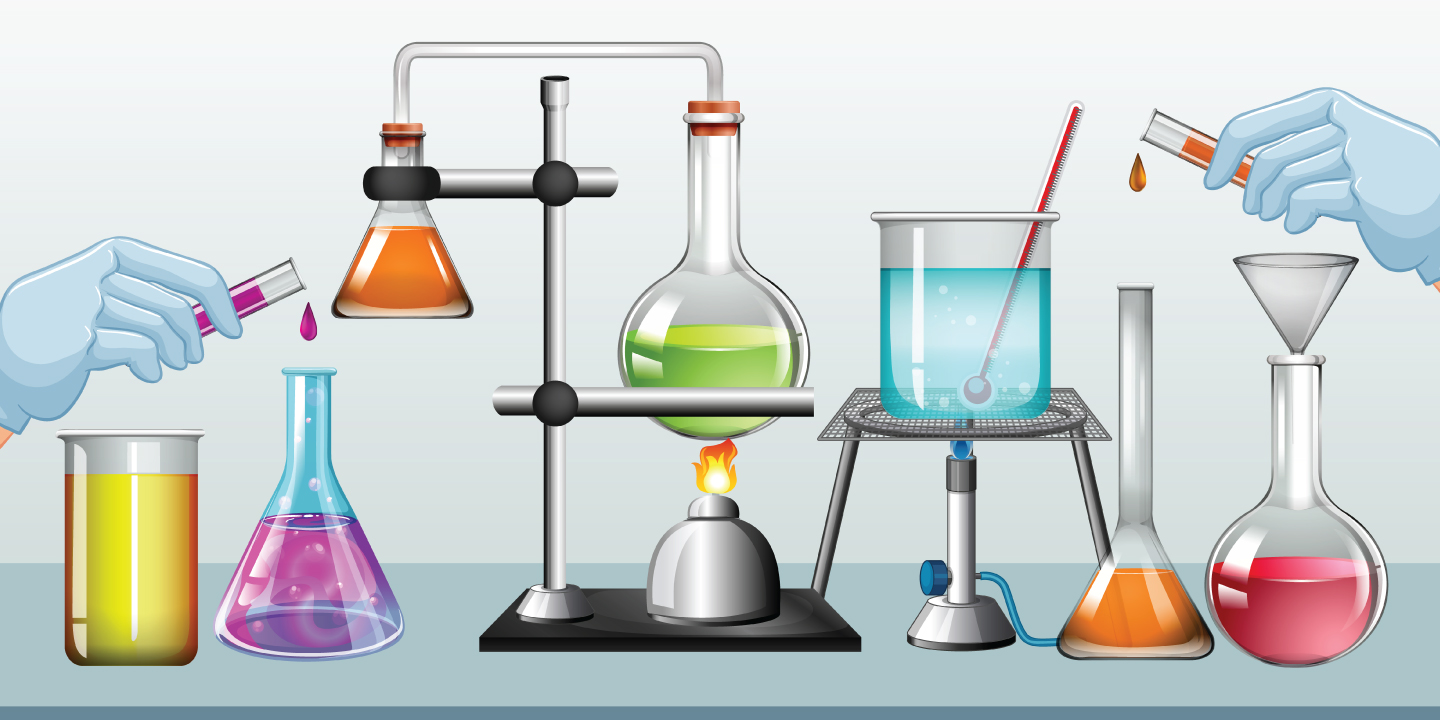
Using IBT data to teach ‘materials’ in primary grades
Feature 18 Jan 2022 5 minute readSome students struggle with the topic of materials in the primary school science curriculum. Bikramjit Sen investigates.
The topic of materials and their uses has found a distinct place in the National Council of Educational Research and Training science curriculum for Grades 3 and 4. Almost every formative assessment in science includes a few questions that touch the topic. While students find the topic is engaging, many perform poorly in it.
Researchers at the Australian Council for Educational Research (ACER) have analysed this aspect of student learning, drawing on de-identified student achievement data from the International Benchmark Test (IBT).
ACER’s IBT is an assessment program that measures the level of learning of a student and compares it with that of other students across countries. Many international and private schools in India encourage their students to undertake the IBT in order to understand the strengths and weaknesses of students in core subjects. The ACER analysis has found that most Indian students lag in answering IBT questions that address the area of materials.
Consider the question items from IBT below, addressing materials and the item analysis data for the Indian students. In assessment, we are looking for items with a discrimination between 0.20 and 0.50. Such items differentiate between higher-ability students and lower-ability students. Items with a discrimination below 0.20 may be too easy, or too difficult or confusing. In the question items, the discrimination scores suggest students are answering by guess-work.

Perhaps one of the major reasons for this is a lack of practical knowledge about common materials and their uses. The Central Board of Secondary Education’s system of continuous and comprehensive evaluation encourages teachers to engage students with investigative classroom activities to enhance their conceptual understanding, rather than to rely on the memory-based learning of rules.
Consider the following activity for students in the lower grades to investigate and understand the properties of materials. If you stir boiling water with a plastic, wooden or metal spoon for one minute, which will get hotter and why?
You will require a heat source; a cooking pot; water; three spoons of similar size, one each made of stainless steel, plastic and wood; a stopwatch or watch with a seconds hand – for timing; and a thermally protective glove. Rehearse safety precautions with your students: avoid touching the heat source, pot, water or spoons with bare hands; avoid exposure to steam.
Half fill the pot and place on the heat source to boil. Once boiling, remove the pot from the heat source. Stir the water for one minute with the plastic spoon, while wearing the protective glove. Remove the spoon. Document whether the plastic spoon feels cold, warm or hot to the touch with bare hands.
Repeat for the wooden, then the metal spoon.
Now invite your students to suggest reasons for the variation in the temperature of the plastic, wooden and metal spoons.
Explore with your students the reasons why steel pots might have plastic or wooden handles.
To explore conduction and insulation further, you might fill three similar plastic bottles with warm water, take the temperature, then leave one at room temperature, and put one in a lidded cardboard box and put one in a lidded cardboard box surrounded by torn up newspaper or straw. Leave for two hours, then take the temperature again to see which is warmer.
A version of this article was published in ACER’s Teacher magazine.
